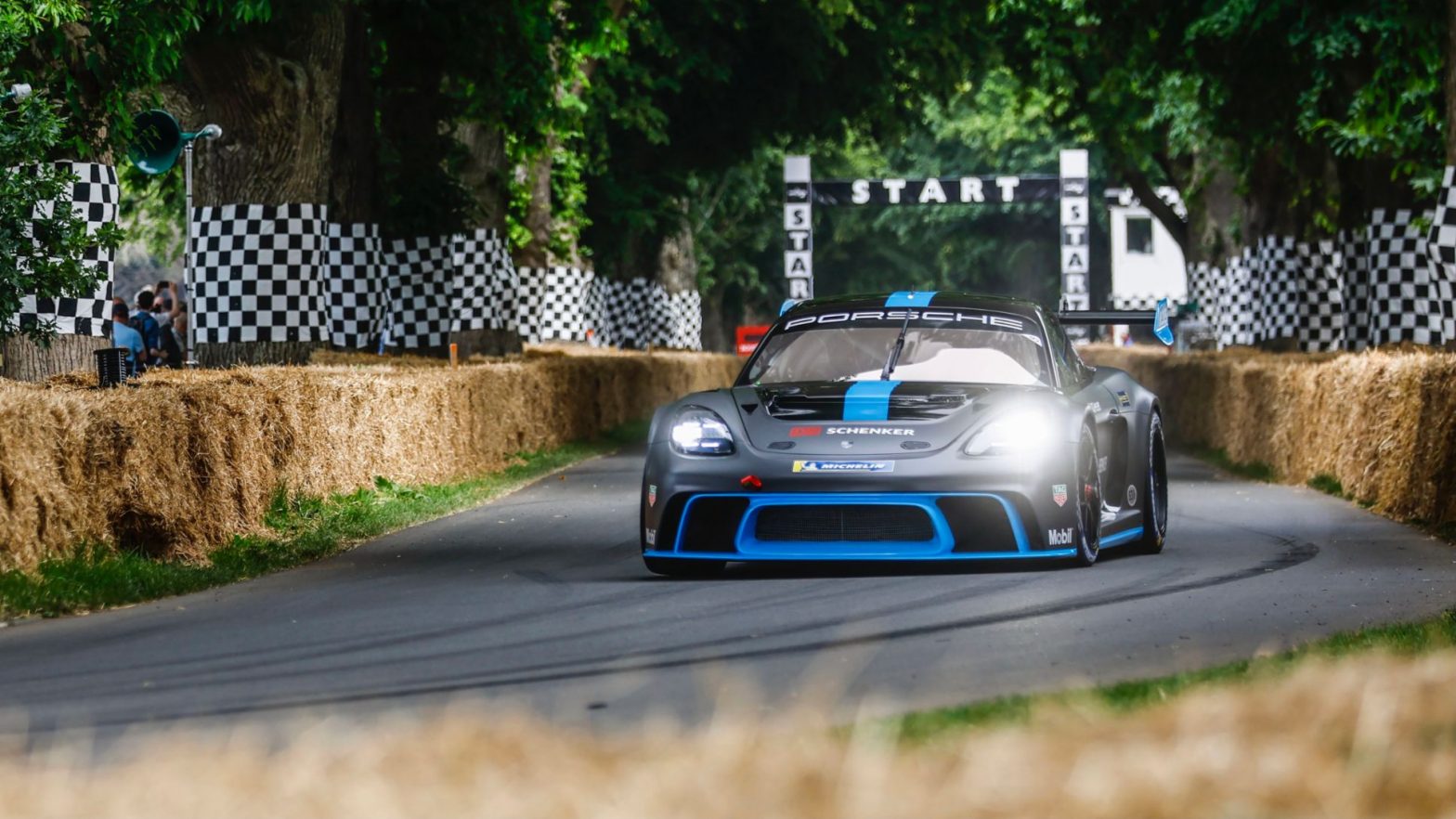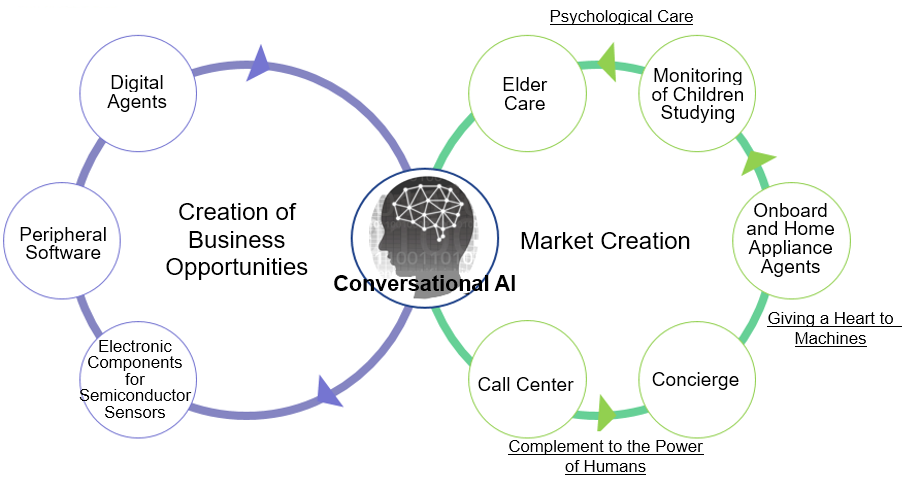01. ID.4 – power consumption in kWh/100 km (NEDC): combined 14.8; CO2 emissions in g/km: 0; efficiency class: A+++ Copyright: Volkswagen AG Un investissement en capital de 450 millions de dollars soutient les plans d’expansion d’Electrify America aux États-Unis et au Canada Siemens est le premier investisseur externe dans Electrify America LLC et devient un… Continue reading Europa Wire: Volkswagen et Siemens investissent 450 millions de dollars dans Electrify America, le plus grand réseau public de recharge ultra-rapide d’Amérique du Nord pour les véhicules électriques000334
Tag: Mobility
Hyundai Motor Unveils Design of All-Electric IONIQ 6, Electrified Streamliner with Mindful Interior Design
Inspired by Hyundai’s Prophecy EV Concept, IONIQ 6 is characterized by clean, simple lines and a pure aerodynamic form that Hyundai designers describe as Emotional Efficiency. IONIQ 6’s electrified streamliner typology and mindful cocoon-like interior embody a silhouette for the new era of electric mobility, while the overall design theme of Ethical Uniqueness reflects Hyundai’s customer-centric commitment… Continue reading Hyundai Motor Unveils Design of All-Electric IONIQ 6, Electrified Streamliner with Mindful Interior Design
@VW Group: Volkswagen and Siemens invest in Electrify America’s ambitious growth plans005310
The Volkswagen Group and Siemens support the ambitious growth plans of Electrify America, LLC – the largest public ultra-fast charging network for electric vehicles from all vendors in North America. Volkswagen together with Siemens, the leading global technology company, is investing $450 million, valuing Electrify America at $2.45 billion. Through its financing arm Siemens Financial… Continue reading @VW Group: Volkswagen and Siemens invest in Electrify America’s ambitious growth plans005310
@VW Group: Public World Premiere of the GT4 ePerformance at the Festival of Speed005312
26/06/2022 At the world-famous Goodwood Festival of Speed the all-electric Porsche GT4 ePerformance has kicked off its world tour, which aims to highlight the potential of the vehicle concept and the associated racing formats. The new Porsche GT4 ePerformance has demonstrated its power publicly for the first time at the Festival of Speed in the… Continue reading @VW Group: Public World Premiere of the GT4 ePerformance at the Festival of Speed005312
German Manager Magazin: Siemens: Technology group joins VW’s US charging station network001881
The Wolfsburg carmaker Volkswagen has a co-investor for its network of fast electric charging stations in the United States found. The Munich technology group Siemens takes a low three-digit million amount in “Electrify America”, founded in 2017, and in return receives a minority stake in the VW subsidiary, as those involved announced on Tuesday. Overall,… Continue reading German Manager Magazin: Siemens: Technology group joins VW’s US charging station network001881
German Manager Magazin: Volkswagen boss Herbert Diess: “We’re making more money than ever”001880
Profits are bubbling up at Volkswagen. “We earn more than ever – despite the lack of semiconductors and stagnant supply chains,” said the CEO Herbert Diess (63) on Tuesday at a staff meeting in Wolfsburg. The bottleneck in electronic components that has persisted for many months is finally easing. “We are increasing our volumes, not… Continue reading German Manager Magazin: Volkswagen boss Herbert Diess: “We’re making more money than ever”001880
CARFAX NAMED 2022 ‘TOP WORKPLACE’ FOR 2 U.S. OFFICES
CARFAX Honored by The Washington Post and St. Louis Post-Dispatch CENTREVILLE, Va., June 28, 2022 /PRNewswire/ — Team CARFAX has earned “Top Workplace” honors from both The Washington Post and the St. Louis Post-Dispatch, based entirely on employee feedback. This is the ninth win in a row from The Washington Post for the Centreville, Va., headquarters.… Continue reading CARFAX NAMED 2022 ‘TOP WORKPLACE’ FOR 2 U.S. OFFICES
@Toyota: Toyota Tsusho and emotivE to Jointly Develop Conversational AI System- Business creation and market expansion of conversational AI products –
2022-06-28 Toyota Tsusho Corporation (“Toyota Tsusho”) announced today that it will jointly develop a conversational AI system with emotivE Inc. (“emotivE”), a one-stop provider of communication AI planning, development, and services, with the aim of business creation and market expansion of conversational AI products. 1. Background As a service that bridges the digital divide by… Continue reading @Toyota: Toyota Tsusho and emotivE to Jointly Develop Conversational AI System- Business creation and market expansion of conversational AI products –
Siemens to invest in Volkswagen’s N.American charging network
German industrial giant Siemens AG is investing more than $100 million in Volkswagen AG’s Electrify America unit, becoming the first outside investor in the North American network of electric vehicle charging stations. Including new funds from its parent Volkswagen, the Electrify America unit would receive a total injection of $450 million, the companies said. The… Continue reading Siemens to invest in Volkswagen’s N.American charging network
India lags in AI research activities; needs to equal China on supercomputing capabilities, says Niti Aayog’s Kant
NITI Aayog CEO Amitabh Kant Government think tank Niti Aayog‘s outgoing chief executive Amitabh Kant on Tuesday said the country lags in artificial intelligence research activities, and also needs to elevate its supercomputing capabilities to those possessed by China. Speaking at an Internet and Mobile Association of India (IAMAI) event virtually, Kant said Niti Aayog… Continue reading India lags in AI research activities; needs to equal China on supercomputing capabilities, says Niti Aayog’s Kant

